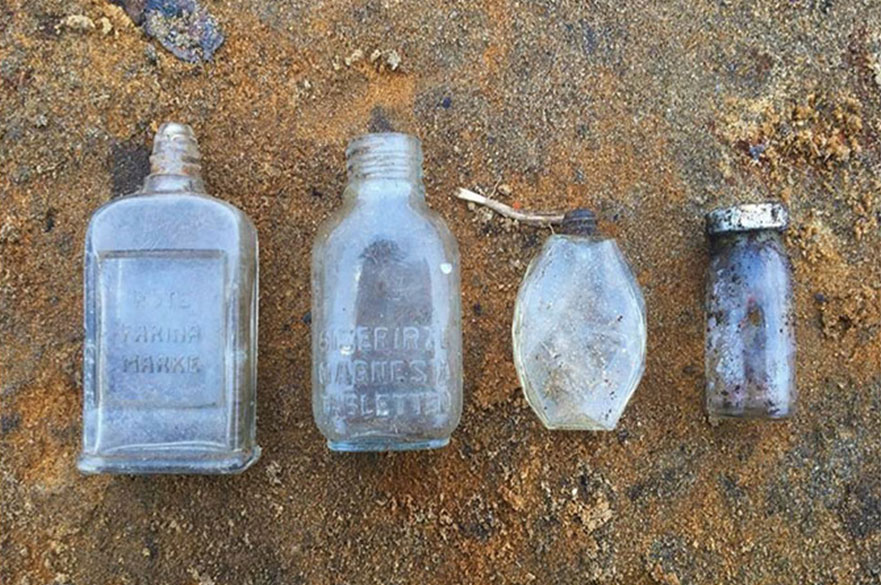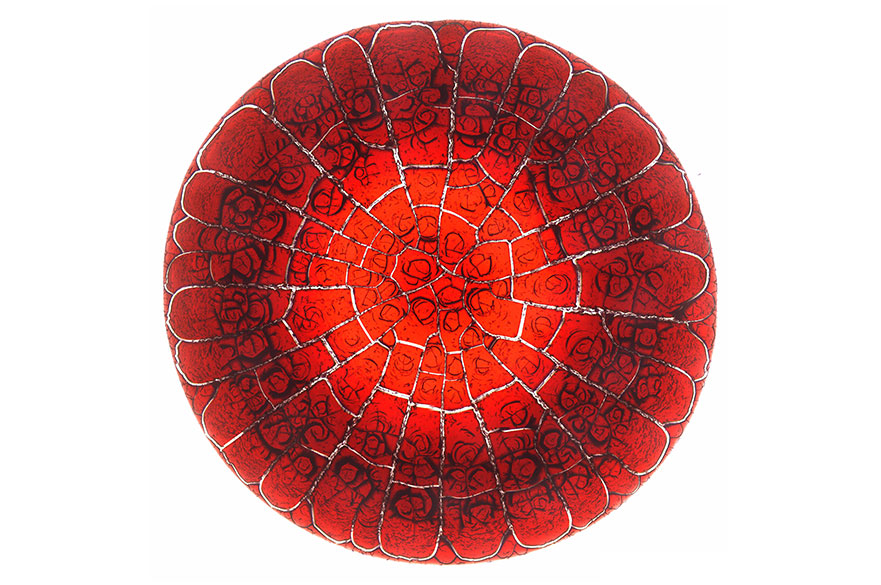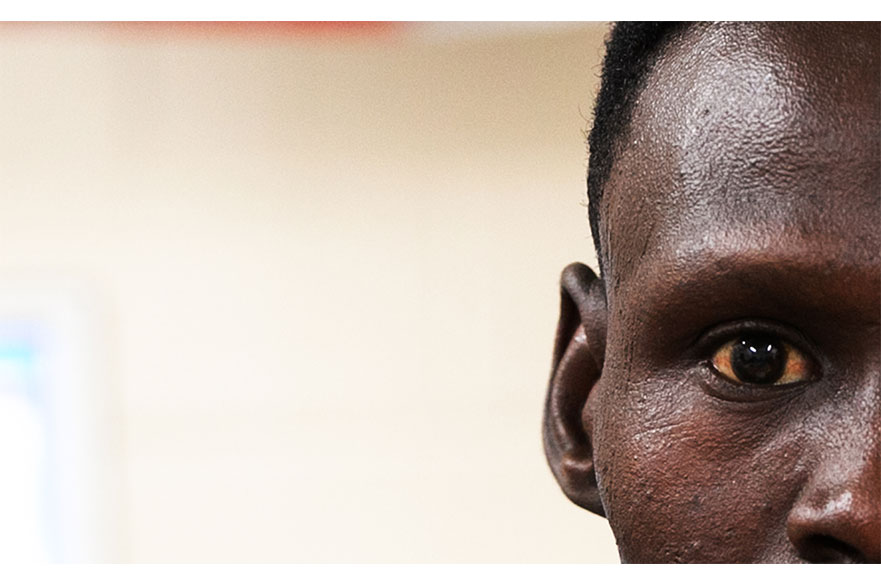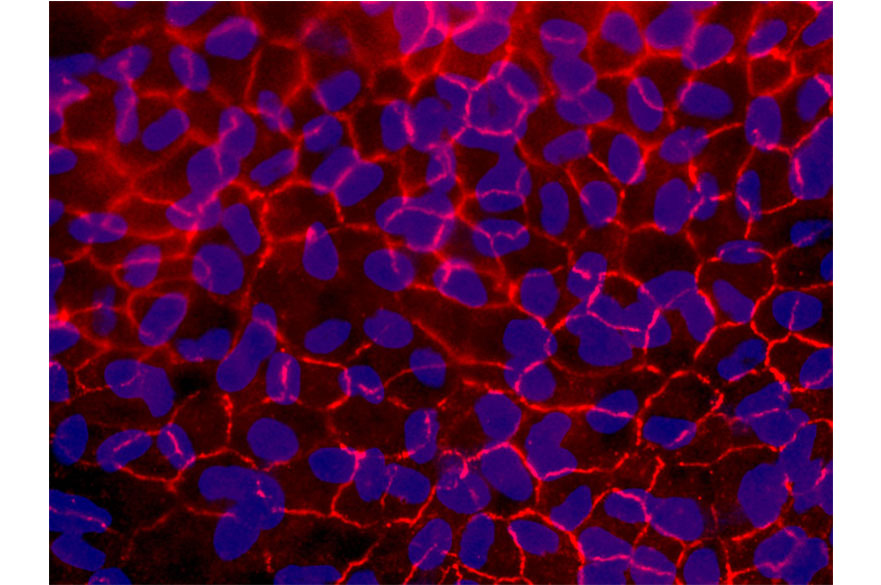Images of Research Competition

The university-wide Images of Research competition offers researchers across NTU the opportunity to convey their research using a single image – a photograph, digital image, or digital artwork - along with an engaging short description.
The aim of the competition is to showcase the breadth and diversity of research at NTU, both within our community of postgraduate researchers, early career researchers and established academics – and across our research themes and projects. Imagery is the ideal medium for engaging non-specialist audiences in our research; enabling the essence of complex research projects to be captured and shared in an accessible and engaging way.
The launch of our second Images of Research competition was announced in late 2020, following 2019’s successful inaugural edition. The announcement of the winners has been delayed due to Covid-19, but we are excited to finally be able to announce the winners of the second iteration of the competition.
Winners of 2020 Images of Research Competition
Hannah Wilson, from the School of Arts and Humanities has been named the overall winner of the competition with her entry: ‘The Domestic Unearthing of Sobibor Death Camp’. Below is her submission and the abstract submitted with her image:

“In recent years, archaeology has arguably become one of the most relevant aspects within contemporary Holocaust and memory studies. Having participated in several excavations myself, in my academic research I examine the ‘forensic turn’ at the former site of Sobibór death camp, where approximately 180,000 victims of Nazism were murdered. After the camp was destroyed in 1943, the site has undergone almost ten years of excavations since 2011. Having participated at these excavations for three years- at which this photo was taken- I refer to the term ‘materialisation’ in my work to define the material objects and visual adaptations associated with the site of Sobibór: a part of history that has been devoid of physical evidence. Thus, I reconsider the ways in which artefacts pertaining to Sobibór and the biographies of its victims have already featured in exhibitions, museum collections, and other instances of public engagement since the end of the war.”
First runner-up was Kyle Baldwin from the School of Science and Technology, and his image ‘Can cracking a pattern solve a crime?’ and the below abstract:
"The way blood droplets are scattered around a crime scene (blood spatter) is a common method of solving how violent crimes have been committed. What we have realized in the SOFT group at NTU, is that if you take a closer look at individual droplets, the complex patterns of cracks & swirls, and the arrangement of dark & bright spots, also give tell-tale clues about the condition of the person they came from. This image represents an example of the beautiful complexity of those patterns, which are now being supplied to machine learning algorithms with the hope of creating rapid-response forensic diagnostic tools. Additionally, this technique is also being applied as a method of diagnosing malaria, but may also be applicable to other blood-borne illnesses. Blood analysis is a tried-and-tested method of crime scene investigation, and we may have found a new tool for the CSI arsenal."

Second runner-up was Doctoral Researcher, Allan Njanji, from the School of Arts and Humanities with ‘Who am I?’ and the following abstract:
"Who am I depicts an image of representation of people from refugee backgrounds. The incomplete and unidentifiable image symbolises those who are stateless, outside looking in, having been left at the mercies of foreign states that are unwelcoming to them. In these foreign lands, refugees find themselves having identities symbolically removed through various strategies of dehumanisation, leaving them only identifiable by a file number and not by face and name. My research focuses on granting refugees and asylum seekers agency and voice, so that they can determine their future through controlling narratives about them. The mainstream media portrays them through depictions that suggest that refugees spread infectious diseases; asylum seekers are “bogus”; and that terrorists gain entry to western nations whilst disguised as refugees. Such xenophobic sentiments against refugees have contributed to the creation of hostile environments in many European countries."

Finally, Technical Specialist Biola Egbowon from the School of Science and Technology was the people’s choice winner with her image ‘Restoring Vision’ and the below abstract:
"Loss or damage to the retinal pigment epithelium (RPE) is a common feature of serious eye disease and currently there is no effective way of curing or regenerating this tissue. We have produced artificial membranes used as scaffolds that have shown positive results revealing promising reconstruction of RPE cell monolayers. In addition, we have created a nanofibre environment for maintaining long-term viability and functionality of RPE cells by producing a 3D construct of electrospun nanofibre membrane that facilitates a desired biological environment for prolonged cell viability and functioning prior to implantation. This beautiful mosaic image shows RPE cells cultured on the nanofibre membranes for 90 days. The blue colour represents the nuclei of each cell."

The Images of Research competition provides a unique opportunity for individuals to raise their research profile and engage with a public audience – both across NTU and externally. All entries are celebrated on the University website, social media channels and on screens across NTU campuses before being shortlisted by an expert panel.
This year’s competition will be announced shortly - make sure to follow NTU Research on Twitter to be the first to find out more!
See all of this year’s entries by viewing the gallery below.